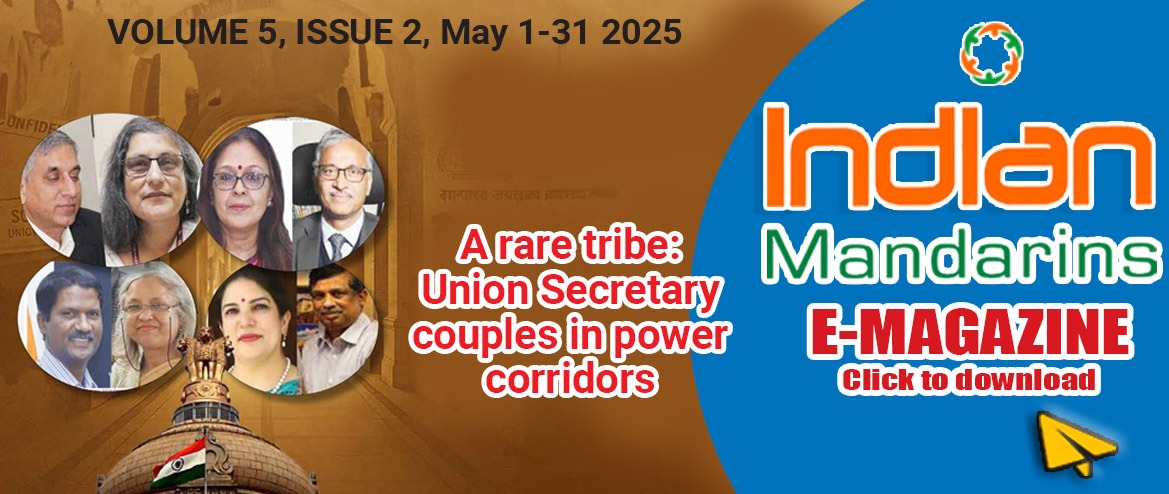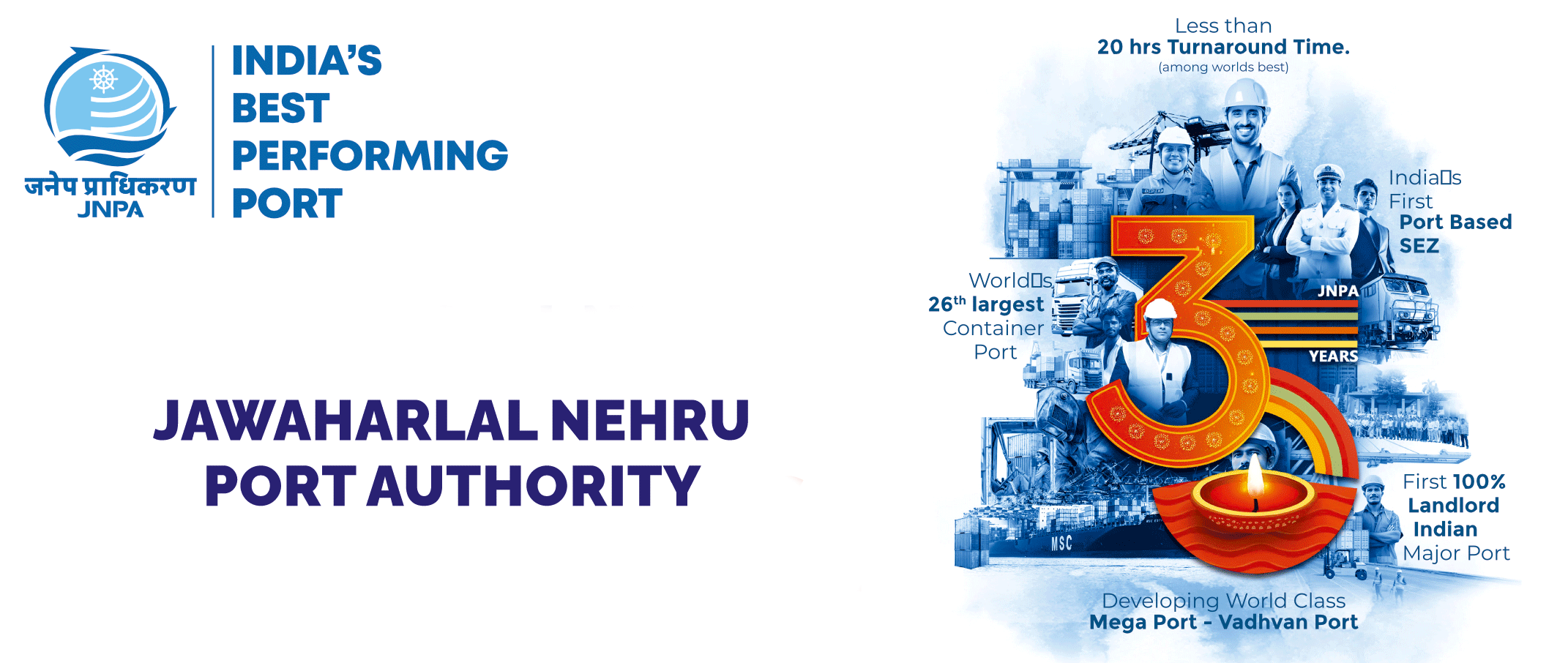TO RECIEVE EXCLUSIVE POSTS AND NEWS
Must Read
Improved World Bank Ranking: Rediscovering Indian Customs
By IndianMandarins- 04 Nov 2018
1088The significant improvement of 66-point
improvement in India's global ranking in
trading across the border from 146 to 80 has a story to tell. Indian
Mandarins has examined that Indian Customs headed by CBIC (Central Board of
Indirect Taxes and Customs) under the Ministry of Finance indeed played a vital role in
improving the trade score. Â Perceptions of the users and
other stakeholders usually play a critical (often determining) role in deciding
the World Bank Ranking apart from the methodology adopted by the world bank
team in a given year. Any perceptional change in ease of trading across the
Indian borders brings into sharp focus the role played by Indian Customs. Â The customs department efforts to
improve trading across borders began a few years ago with the introduction of a
number of IT-enabled initiatives at the ports. They reduced dwell time (that is
time taken by an import /export cargo at the port before it is cleared by the
port agencies) to 100-120 HOURS versus 15-20 DAYS earlier. For normal
consignment, the dwell time was reduced to 10-20 hours. Further, about 70% of
the import cargo and 95% of the export cargo are facilitated by a Risk
Assessment System (that is it is cleared automatically without any manual
intervention). Flagship facilitation measures like Direct Port Delivery (DPD),
Direct Port Entry (DPE), Authorised Economic Operators (AEO) etc have improved
the perception index many notches among the trading community.  About 60% of India’s containerised cargo is routed through one single port at Nhava Sheva, Mumbai
(Jawahar Lal Nehru Port) and many implementation aspects of these reforms were
tested and fine-tuned at this port and logically so. Nhava Sheva port has
witnessed the maximum impact of these reforms recently. In fact, it has played
the role of a torchbearer for other smaller Indian port in implementing these
reforms. Over the last few years, CBIC took pains in the deployment of the top
management team at Nhava Sheva by way of recasting its HR policy.
Readers' Choice
R K Sharma is the new Rajasthan DGP 30 Jun 2025
Centre swings surprise, Gujarat DGP gets extension in service 30 Jun 2025
Tenure of Chhattisgarh Chief Secretary extended 30 Jun 2025
Rajesh Kumar appointed as Chief Secretary of Maharashtra 30 Jun 2025
Saswata Mishra appointed Principal Secretary to Odisha CM 30 Jun 2025
Improved World Bank Ranking: Rediscovering Indian Customs
By IndianMandarins - 2018-11-04 12:00:48
The significant improvement of 66-point
improvement in India's global ranking in
trading across the border from 146 to 80 has a story to tell. Indian
Mandarins has examined that Indian Customs headed by CBIC (Central Board of
Indirect Taxes and Customs) under the Ministry of Finance indeed played a vital role in
improving the trade score.
Â
Perceptions of the users and other stakeholders usually play a critical (often determining) role in deciding the World Bank Ranking apart from the methodology adopted by the world bank team in a given year. Any perceptional change in ease of trading across the Indian borders brings into sharp focus the role played by Indian Customs.
Â
The customs department efforts to improve trading across borders began a few years ago with the introduction of a number of IT-enabled initiatives at the ports. They reduced dwell time (that is time taken by an import /export cargo at the port before it is cleared by the port agencies) to 100-120 HOURS versus 15-20 DAYS earlier. For normal consignment, the dwell time was reduced to 10-20 hours. Further, about 70% of the import cargo and 95% of the export cargo are facilitated by a Risk Assessment System (that is it is cleared automatically without any manual intervention). Flagship facilitation measures like Direct Port Delivery (DPD), Direct Port Entry (DPE), Authorised Economic Operators (AEO) etc have improved the perception index many notches among the trading community.
Â
About 60% of India’s containerised cargo is routed through one single port at Nhava Sheva, Mumbai (Jawahar Lal Nehru Port) and many implementation aspects of these reforms were tested and fine-tuned at this port and logically so. Nhava Sheva port has witnessed the maximum impact of these reforms recently. In fact, it has played the role of a torchbearer for other smaller Indian port in implementing these reforms. Over the last few years, CBIC took pains in the deployment of the top management team at Nhava Sheva by way of recasting its HR policy.























